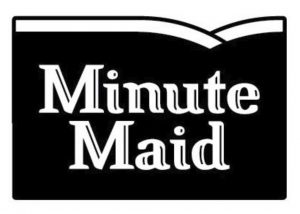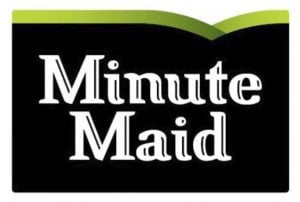Word Mark vs. Design Mark
Trademarks are typically registered as word marks or design marks. The registration choice impacts what protections the trademark receives and how flexible you can be in the ways the mark is used. Keep reading to learn more about the nuances of word marks and design marks.
This article will cover:

The Difference Between Word Marks and Design Marks
Where word marks are protected for their characters alone, design marks receive protection for stylized elements as well. The result is that word mark protection is typically more broad, while design mark protection is more specific.
These differences impact the way each type of trademark can be used. Since word marks only protect characters, they can be used in conjunction with any type of design while retaining trademark rights. Conversely, design marks protect the design exactly as it was submitted to the United States Patent and Trademark Office. Variations of the design will generally not be protected.
Deciding which type of mark to register can be tough, and many trademark applicants ultimately decide to apply for both a word mark and design mark. Doing so involves submitting separate trademark applications.
What Is a Word Mark?
Word marks, called “standard character trademarks” by the USPTO, can contain (surprise!) only standard characters. These include:
- Latin characters
- Roman and Arabic numerals
- Common punctuation marks
- Diacritical marks (such as an umlaut or tilde)
Stylized elements, such as font, color, size, and spacing are irrelevant to word marks and do not receive protection. Because stylized elements are left out, word marks are a common trademark choice not just for brand names, but for slogans and taglines as well.
There’s a good chance that most brand names you can rattle off the top of your head are trademarked as word marks—from Coca-Cola® to Adidas® to Subaru®. And if any slogans live as core memories in your brain, those are likely trademarked too. (Think back to this ’90s bop: Maybe she’s born with it. Maybe it’s Maybelline.®)
Can I alter the design of a word mark?
Since word marks are technically design-less, and no specific style elements are protected, you’re free to style the mark as you see fit. You can also change these style choices over time. For example, if you trademark your company’s name and later decide to change the color or font you use with it, you can retain protection without having to submit a new trademark application (since the stylized elements were never trademarked, just the name).
What Is a Design Mark?
Design marks contain specific stylized elements. These include:
- Graphics
- Fonts
- Colors
- Characters outside of the “standard character” list
- Spacing and arrangement
A design mark, called a “special form trademark” by the USPTO, can contain words but does not have to. Note that the words in a design mark are protected only in relation to the specific design.
Can I alter elements of a design mark?
Design mark protection is narrow, covering the design exactly as it appears in the application. Even seemingly small changes to a design, such as a brand name moving to the side of a graphic instead of resting on top of it, could warrant filing a new trademark application.
You may be able to alter a design mark’s color(s). If you submit the design (aka drawing) to the USPTO in black and white, this means you’re not claiming colors in relation to the design—you’re free to use whatever colors you want. But if you include a color image and claim colors in the application, you’re limited to those colors.
Here’s one example of how this looks in practice. Minute Maid is design-marked with and without color:


The green line at the top is the only difference between the marks. Minute Maid could have used this green in conjunction with the black and white design. However, actually protecting the color in the design required a separate application.
Should I File a Word Mark or a Design Mark?
Word marks and design marks come with different trademark protections and use standards. The right option for you depends on your trademark and business goals.
Registering a word mark is a typical place to start, since the protections received are more broad than for design marks. Word marks also allow you to use different design elements with your mark while retaining protection over the characters. But if your mark doesn’t contain any lettering, or if the graphic elements are particularly important, a design mark might make more sense from the outset.
If you’re unsure which option makes the most sense for your mark, it can be helpful to talk to a trademark attorney.
Get Trademark Service
*This is informational commentary, not advice. This information is intended strictly for informational purposes and does not constitute legal advice or a substitute for legal counsel. This information is not intended to create, nor does your receipt, viewing, or use of it constitute, an attorney-client relationship. More information is available in our Terms of Service.






